当前位置:网站首页>KingbaseES V8 GIS data migration solution (2. Introduction to the capabilities of Kingbase GIS)
KingbaseES V8 GIS data migration solution (2. Introduction to the capabilities of Kingbase GIS)
2022-08-05 01:53:00 【A thousand sails pass by the side of the sinking boat_】
2. Introduction to Kingbase GIS capabilities
2.1. Overview
New infrastructure represented by 5G, big data centers, artificial intelligence, industrial Internet, Internet of Things, etc. is becoming a new engine for my country's economic development.As an important security guarantee for the bottom layer of the new infrastructure, geographic information technology will also have great potential.With the large-scale application of GIS in various industries, GIS-related technical research, project application and market promotion emerge as the times require, such as various GIS platforms, middleware, storage, etc. At the same time, for the core spatial database of GIS, morehigh demands.
Renmin University Jincang, as the head enterprise of domestic database software, has a data management software product KingbaseES with independent intellectual property rights, which can be widely used in government informatization, enterprise informatization and personal information services, natural resources, electricity, finance, etc.field.The kingbaseES V8 (hereinafter referred to as KES) database can replace foreign database products such as Oracle, MySQL, etc., and meet the transformation and upgrading requirements of domestic databases such as management information systems, business and production systems, and decision support systems of enterprises and institutions.
2.2. Relationship between KingbaseES database management system and GIS system and data
GIS data mainly includes structured data (such as vector data), unstructured data (such as raster data) and some file type data (various tile cache data).The storage relationship of these data is shown in the following figure:

Figure 2.2.1 Database relationship
Most GIS platforms at home and abroad use the above architecture to store spatial data, and among the database types, the relational database is the most stored and most frequently used, which can store vector data, raster data, 3D data and other GISRelevant data, such as Yizhirui's GeoScene platform and SuperMap's SuperMap platform, use the structure shown in the figure above to store spatial data.
KingbaseES has KGIS plug-in (hereinafter referred to as KGIS), with spatial database capabilities.KingbaseES+KGIS is a relational database system that meets the above requirements. The following will introduce the capabilities of spatial data stored in the KES database management system:
Vector data: Vector data such as administrative divisions, buildings, POI points, roads, etc. The extensions of common vector data file formats are .dwg, .dxf, .shp, .kml, .geosjon, etc.Among them, .dwg and .dxf are the file formats of CAD, and .shp is the vector format of ESRI (now it has become an international standard).
Data storage method
The spatial database converts the vector data files into database tables for storage, and there will be special fields in the database tables to store the space for the vector filesLocation, as shown in the geom field in the following figure.

Figure 2.2.2 Database storage space data
2) Raster data: KGIS has the ability to store raster data. Raster data uses pixel value information to express geography and features. There are many kinds of data, such as aerial photos, satellite photos, elevations or drones, etc.Various raster files, such as tif, img and other raster data.KGIS can directly store metadata and other attribute information of data, thereby improving data query efficiency and reducing the time and space cost of raster data storage and reading.Such as the actual storage path of the image, center point, range frame, ephemeris parameter information, etc.As shown below:
Figure 2.2.3 Raster data storage attribute table
3) 3D data: KGIS has the ability to store 3D data, supports "Z" dimension for expressing height information and "M" dimension for adding additional information, 3D and 4D data, and also supports 3D spatial data, such as TIN (Irregular Triangulation Network), POLYHEDRALSURFACE to model volume objects in the database, KGIS also has many functions that can be used to calculate the relationship between three-dimensional objects.
Note:
The 3D model and oblique photogrammetry data in the GIS system are not stored in this way. For the storage method, please refer to raster data storage.
边栏推荐
- CNI (Container Network Plugin)
- 迁移学习——Distant Domain Transfer Learning
- Are testing jobs so hard to find?I am 32 this year and I have been unemployed for 2 months. What should an older test engineer do next to support his family?
- [How to smash wool according to the music the couple listens to during the Qixi Festival] Does the background music affect the couple's choice of wine?
- 跨域解决方案
- HOG feature study notes
- 【翻译】CNCF对OpenTracing项目的存档
- “配置”是把双刃剑,带你了解各种配置方法
- 亚马逊云科技 + 英特尔 + 中科创达为行业客户构建 AIoT 平台
- “嘀哩哩,等灯等灯”,工厂安全生产的提示音
猜你喜欢

CNI (Container Network Plugin)

【Redis】Linux下Redis安装
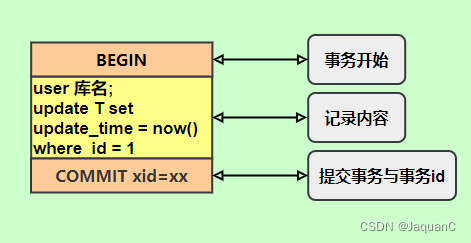
从一次数据库误操作开始了解MySQL日志【bin log、redo log、undo log】

Activity Recommendation | Kuaishou StreamLake Brand Launch Conference, witness together on August 10!
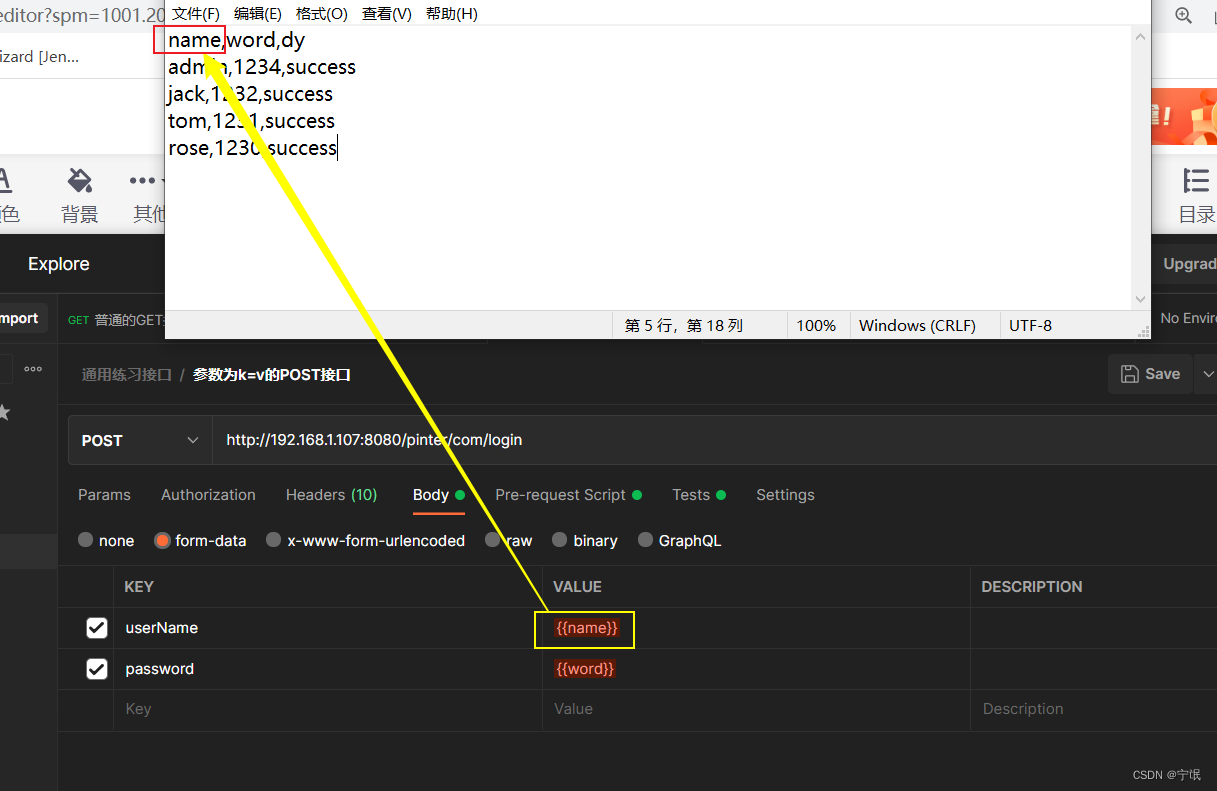
day14--postman interface test
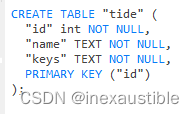
sqlite--nested exception is org.apache.ibatis.exceptions.PersistenceException:
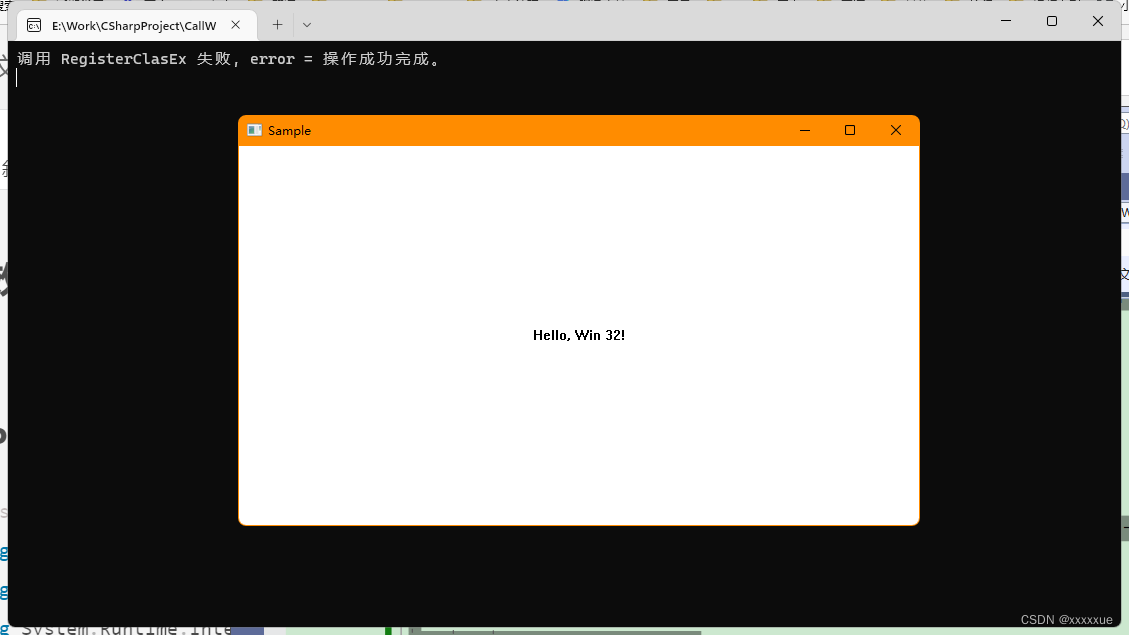
.Net C# 控制台 使用 Win32 API 创建一个窗口

多线程涉及的其它知识(死锁(等待唤醒机制),内存可见性问题以及定时器)
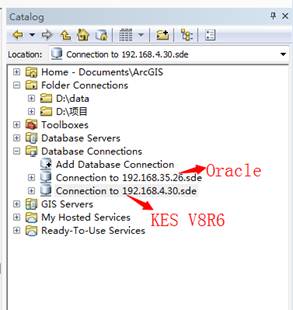
金仓数据库 KingbaseES V8 GIS数据迁移方案(3. 基于ArcGIS平台的数据迁移到KES)

数仓4.0(三)------数据仓库系统
随机推荐
Creative code confession
直播回放含 PPT 下载|基于 Flink & DeepRec 构建 Online Deep Learning
1349. Maximum number of students taking the exam Status Compression
新来个技术总监,把DDD落地的那叫一个高级,服气
第十四天&postman
【MySQL series】- Does LIKE query start with % will make the index invalid?
超越YOLO5-Face | YOLO-FaceV2正式开源Trick+学术点拉满
Oracle encapsulates restful interfaces into views
pytorch的使用:卷积神经网络模块
基于OpenVINO工具套件简单实现YOLOv7预训练模型的部署
第09章 性能分析工具的使用【2.索引及调优篇】【MySQL高级】
LPQ (local phase quantization) study notes
PHP技能评测
Greenplum数据库故障分析——能对数据库base文件夹进行软连接嘛?
原生js实现多选框全部选中和取消效果
释放技术创新引擎,英特尔携手生态合作伙伴推动智慧零售蓬勃发展
.Net C# 控制台 使用 Win32 API 创建一个窗口
GCC: paths to header and library files
KingbaseES V8 GIS数据迁移方案(2. Kingbase GIS能力介绍)
HOG特征学习笔记

